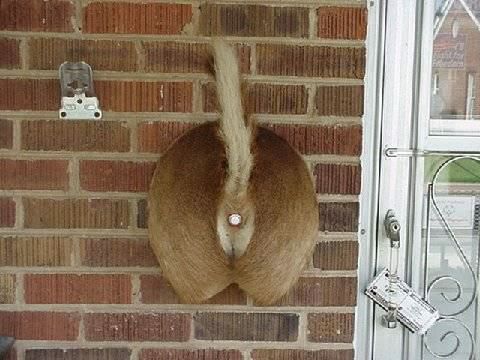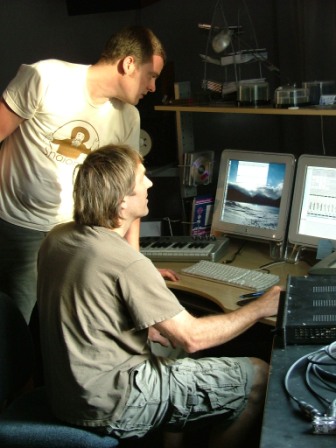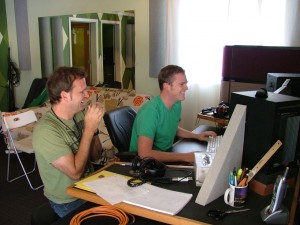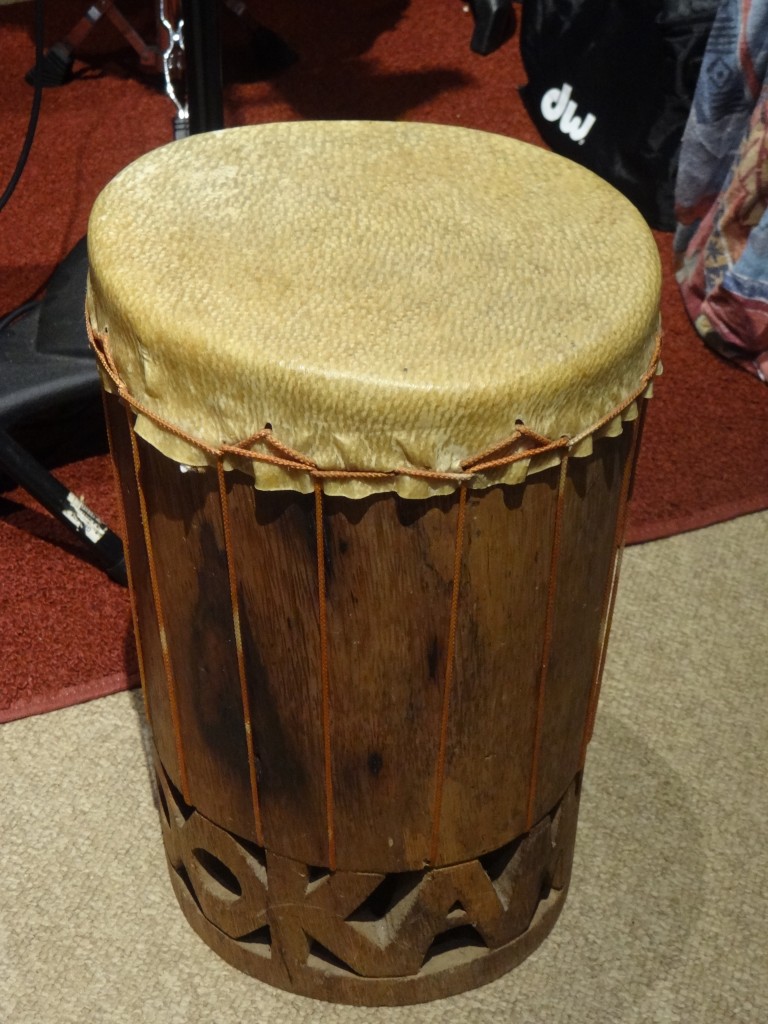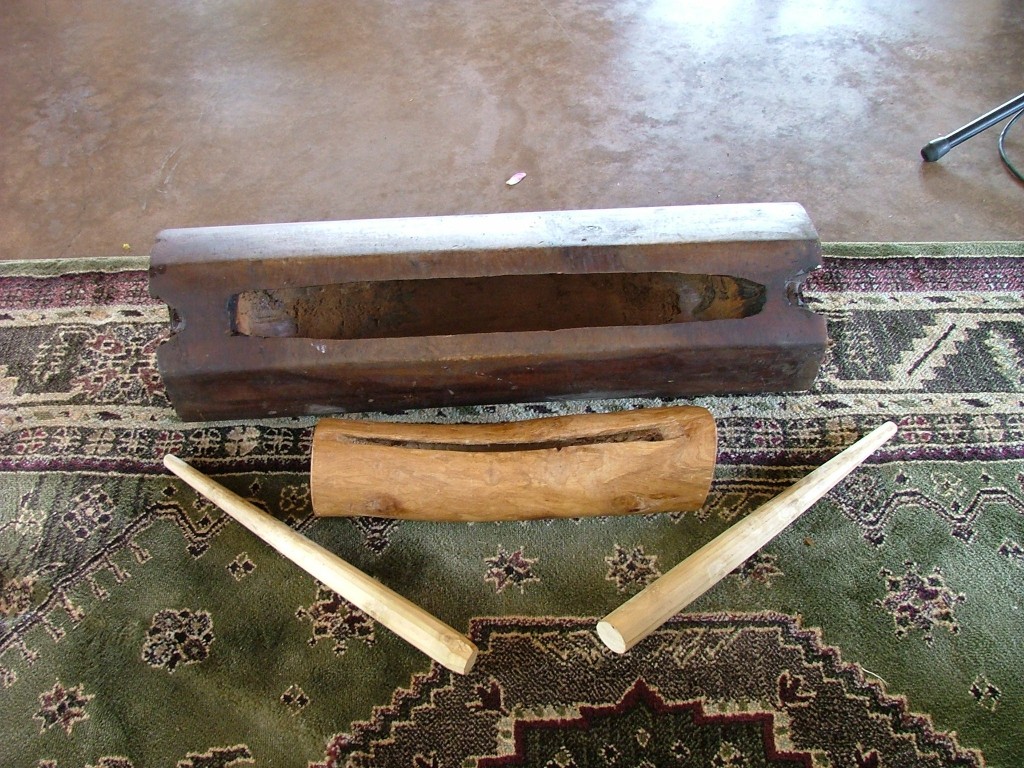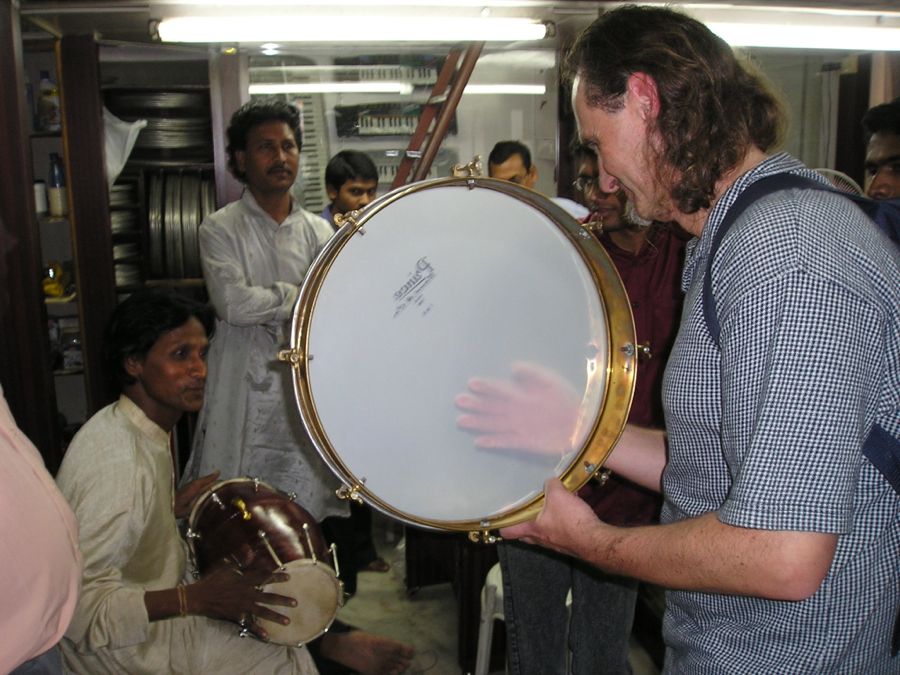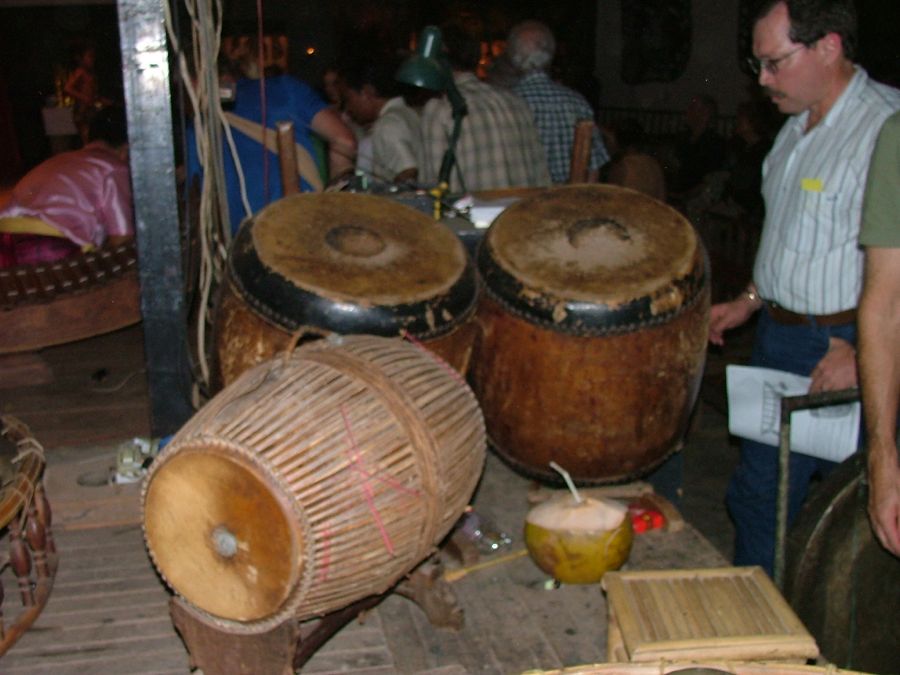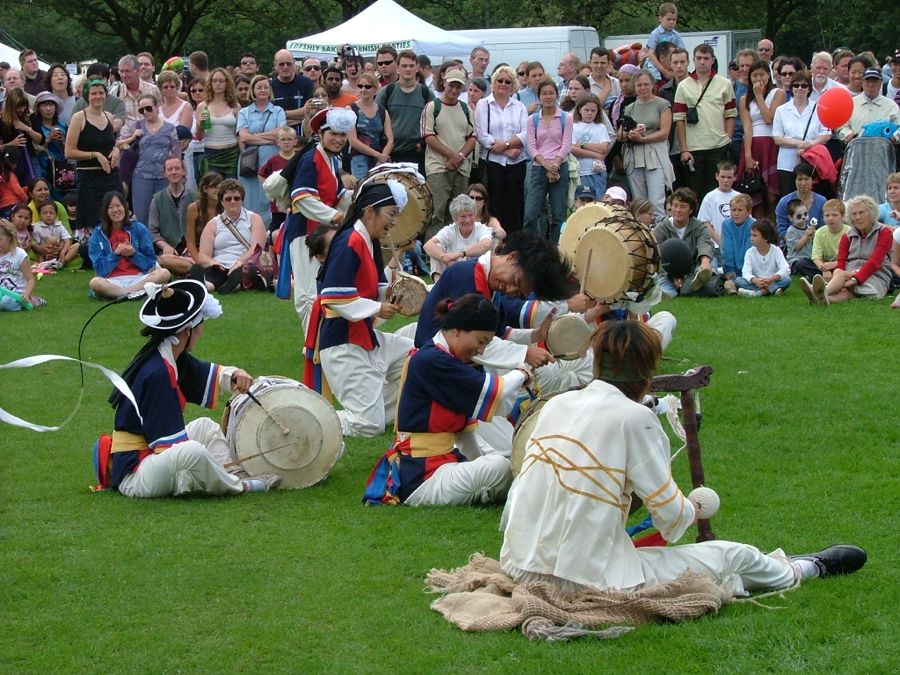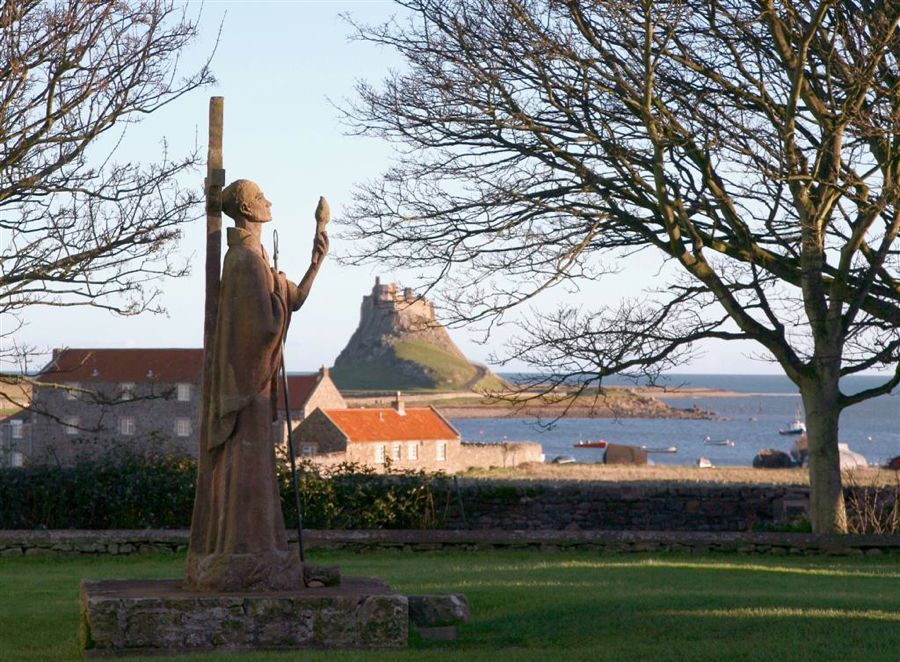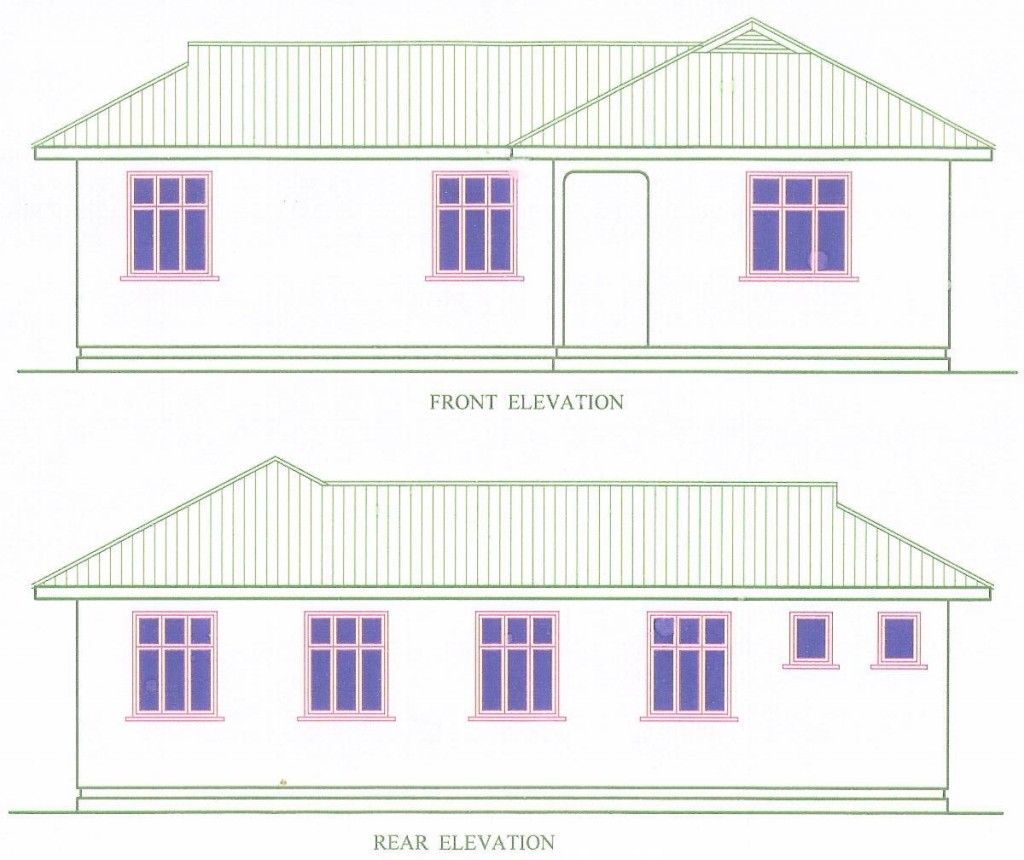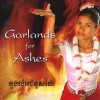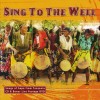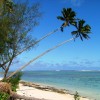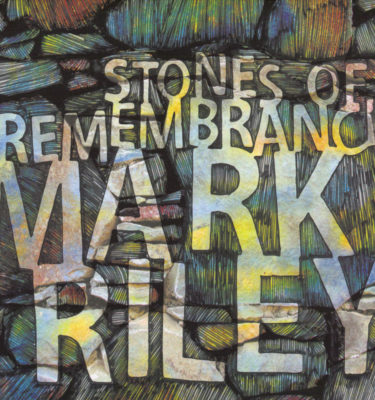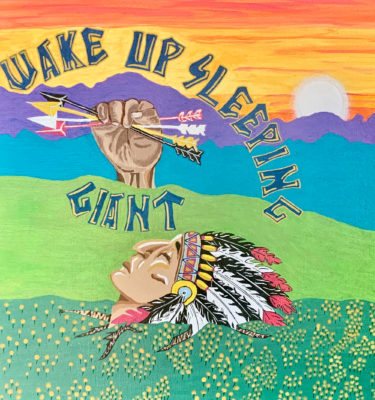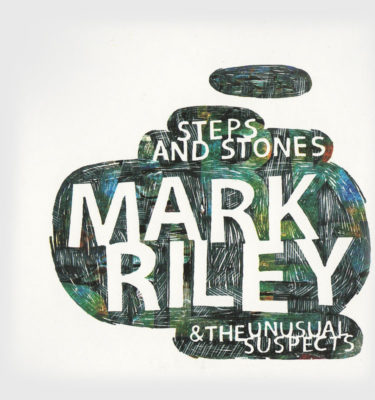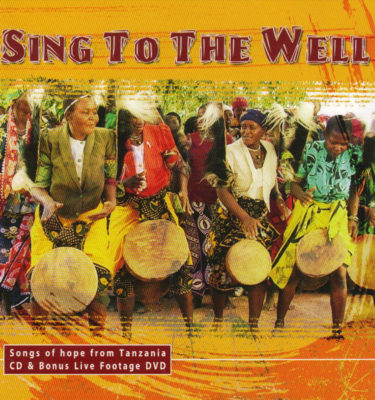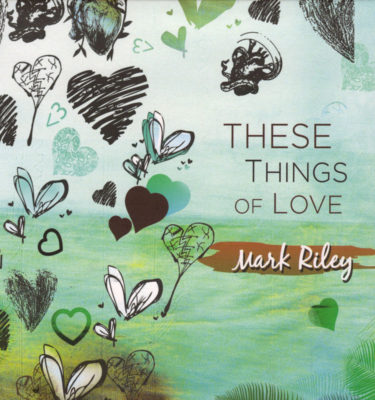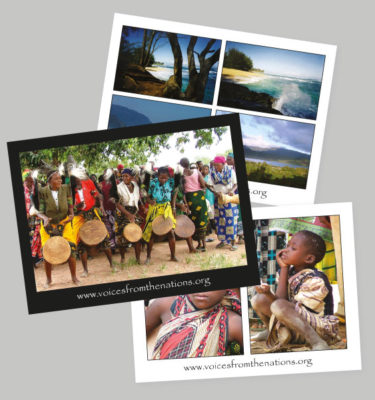Well here we are in sunny California, where forest fires have burnt 850 homes some just a few miles from where we are staying ….. meanwhile at home in England there has been snow! Unfortunately the only tan we have is a studio one as we are finishing off recording with Mark Riley from Hawaii. Most of the week we’ve been recording with Kevin Penner at Green Bean studios, you can check out his studio here.
We also recorded a piano track with our good friends Tony and Sue Green at their studio www.eargallerymusic.com Tony and I have worked together for many years touring and recording and it is always great to get a chance to hang out with him and Sue. You can hear a track from Tony’s new recording below which we worked on together … just Bass and Percussion.
Mingus and the Coyote
Check out some of the traditional instruments that we used on Mark Riley’s recordings.
This is a pahu drum used in hula. I have seen two versions, a short one used in Hula (pahu hula) and a taller one, often called a temple drum (pahu heiau) apparently used in religious ceremonies. They play it with their fingers or hands or both. It is made from the bottom of a coconut tree or breadfruit wood and in the past often the skin was made of shark, nowadays hide and plastic are often used.
I have really enjoyed learning Tahitian log drumming from a master player in Kauai. Tepairu Manea also makes Polynesian instruments, you can check out his stuff here. On Mark Rileys new recording we used a Tuerre playing a traditional Tahitian rhythm as a foundation for one of the new songs. Read More
Korean drums ….. Samulnori is a traditional percussion music which originates in Korea. Nori means ‘to play’ sa means ‘four’ and mul meaning ‘objects’. I believe it was a music that celebrated a good harvest amongst farmers in rural villages. Read More
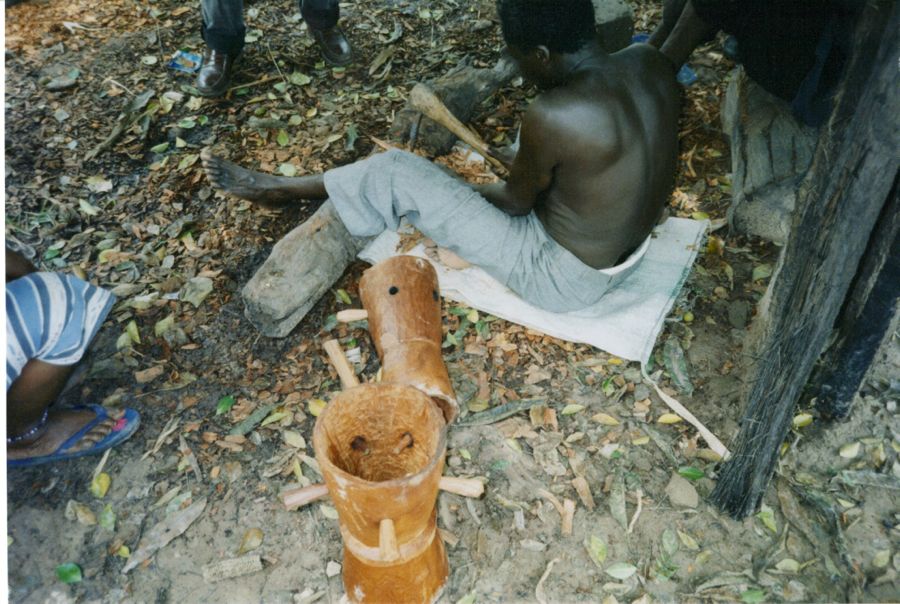 During my visit with the Mandinka people of The Gambia, I was very fortunate to see the complete process of making a drum, from the choosing of the wood to the finished article. Read More
During my visit with the Mandinka people of The Gambia, I was very fortunate to see the complete process of making a drum, from the choosing of the wood to the finished article. Read More
The Maori – the indigenous people of New Zealand/Aotearoa
Our thanks go to Cindy Ruakere, from NZ for her friendship and input.
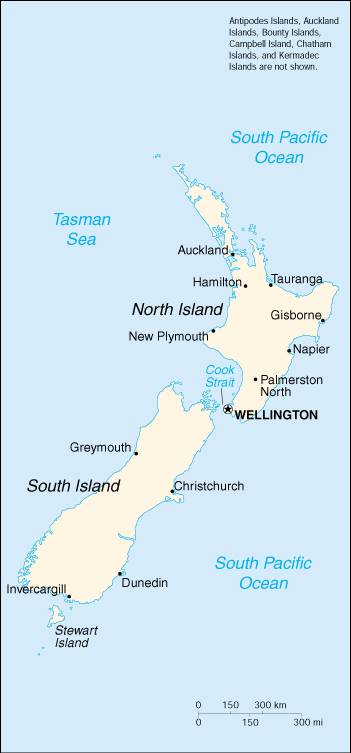 Historically the Maori were a people whose traditions and history were recorded and transmitted orally with the greatest of care. The traditional vehicle for this treasure were chants, song, dance and playing of instruments and this continues to be the means of transferring knowledge from Tipuna (ancestors), to the present day, to Mokopuna (grandchildren)……
Historically the Maori were a people whose traditions and history were recorded and transmitted orally with the greatest of care. The traditional vehicle for this treasure were chants, song, dance and playing of instruments and this continues to be the means of transferring knowledge from Tipuna (ancestors), to the present day, to Mokopuna (grandchildren)……
Every chant, song, haka and sound had a useful purpose. It caused strength to be gained through learning of one’s history, it averted evil, relieved the mind of sorrow when a battle was lost or a loved one killed, it could obtain the love of a woman on whom the heart was set. As numerous as the sounds are, so too were the reasons for them. Read More
Through the amazing response of CD and DVD sales, the first phase of work has been completed and the village of Mnase now has water. The main pump is now working as you can see from the first pictures we have received of the work in Tanzania. Read More
 I think this is a very difficult term to pin down. I haven’t found a definitive definition, in fact it is interesting to note that the UN has decided that the best approach is to identify rather than define indigenous peoples. Read More
I think this is a very difficult term to pin down. I haven’t found a definitive definition, in fact it is interesting to note that the UN has decided that the best approach is to identify rather than define indigenous peoples. Read More

